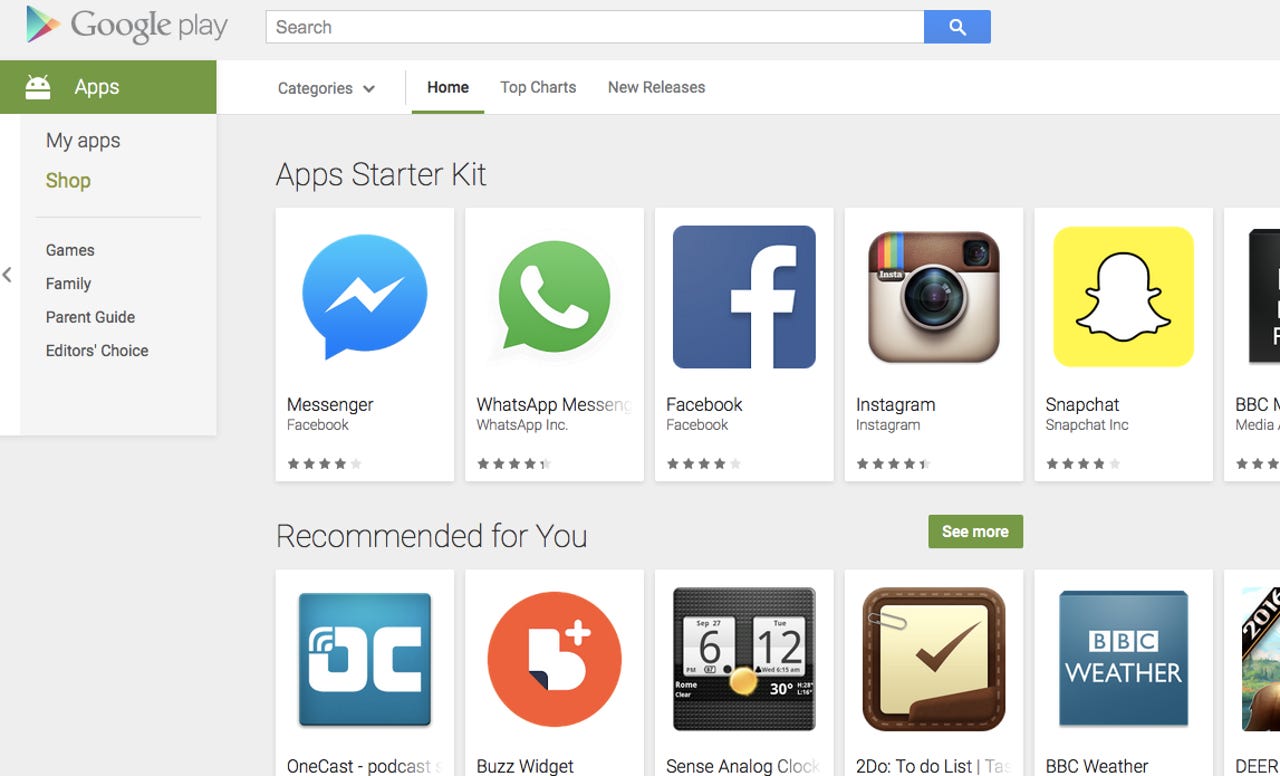Ad blockers: Google reveals it now has over 1,000 staff just fighting bad ads


Google developed a similar humans and machine strategy for combating bad apps on Google Play.
Google says last year it eliminated 780 million "plain bad" ads carrying malware, promoting fake goods or leading to phishing sites.
Ad networks have become a popular mechanism for distributing malware, such as the malvertising campaign spread via Google's AdSense at the beginning of last year.
To prevent bad ads from harming internet users and threatening Google's multi-billion dollar ad empire, Google ads and commerce SVP Sridhar Ramaswamy says the company has now hired more than 1,000 people across the globe whose sole purpose is "fighting bad ads".
"Through a combination of computer algorithms and people at Google reviewing ads, we're able to block the vast majority of these bad ads before they ever get shown," Ramaswamy said.
Google developed a similar humans and machine strategy for combating bad apps on Google Play, last year hiring its first human reviewers to help identify apps that violate its store policies.
As it does for its app store, Google also employs an automated malware scanner for the ad business that checks third-party creatives.
According to Ramaswamy, Google blocked 12.5 million dodgy pharmaceutical ads that violated its healthcare and medicines policy. That's just as well, given Google paid $500m to US regulators in 2011 for illicit revenues it earned over several years from Canadian pharmacies.
But it also tackled weight-loss scams last year, suspending more than 30,000 sites for misleading claims and blocked a further 7,000 phishing sites.
Ramaswamy doesn't detail how many malicious ads it blocked last year, but says they were among the overall 780 million eliminated.
However, the company's ad busters did disable over 10,000 sites that offered "unwanted software".
This type of software is considered "potentially harmful" and might, for example, be difficult to remove, or charge fees deceitfully, such as scareware. But they are not necessarily outright malicious, such as ransomware, which encrypts a computer's files.
The company also rejected 17 million spammy ads that pose as system warnings to dupe users into clicking on them.
Finally, Google suspended 10,000 sites and 18,000 accounts for attempting to sell counterfeit goods.
These figures just relate to Google's ad business on the desktop. Google's future is on mobile and Ramaswamy detailed some of the work Google is doing that area to improve the ad experience.
"We've developed technology to determine when clicks on mobile ads are accidental. Instead of sending you off to an advertiser page you didn't mean to visit, we let you continue enjoying your slideshow, and the advertiser doesn't get charged," he said.
According to him, Google stopped showing ads on over 25,000 mobile apps because developers didn't follow its policies, with two-thirds being blocked for "practices like mobile ads placed very close to buttons, causing someone to accidentally click the ad".
"In 2015 alone, we rejected more than 1.4 million applications," Ramaswamy said.
More on Google
- Google confirms new Linux hole not a big deal for Android
- Google squirms as Oracle blurts out Android profits
- Google Play app downloads explode - but money's still with Apple
- Google Chrome set for speed boost: Brotli's leaner webpages edge closer
- Google Play Store adds support for Android app promo codes
- Google's search updates for Drive and Apps: Now you should find file handling easier
- Google Nest's battery-drain: Chilly users turn up heat over thermostat software glitch